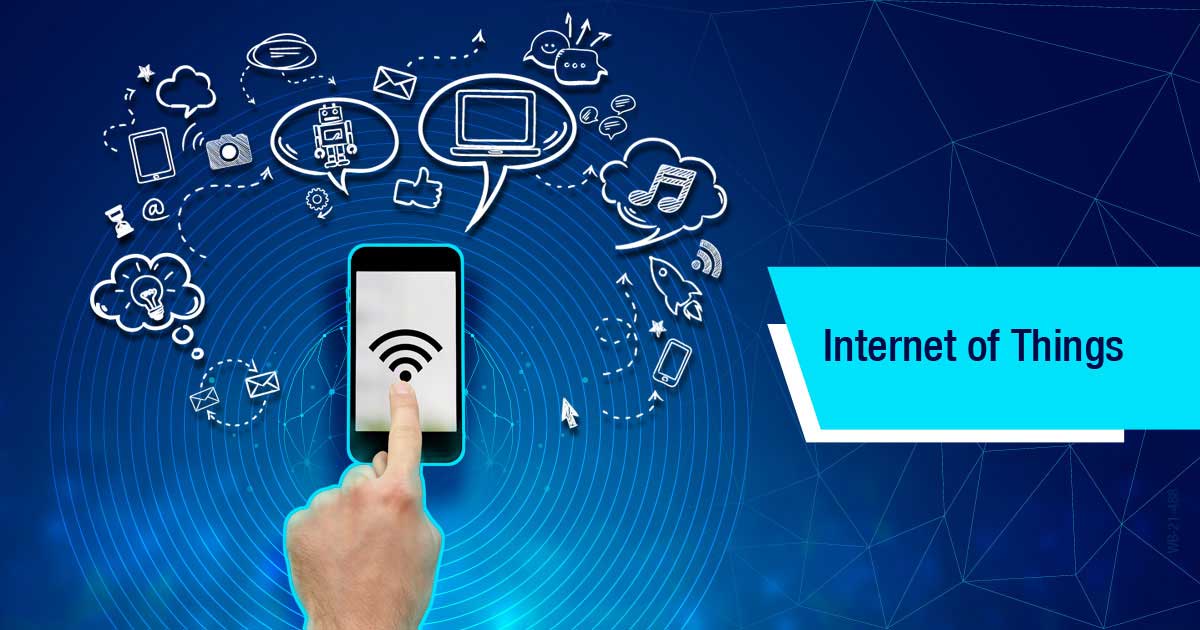FET Blogs





Organisations have been utilising sensors for a long time, but the Internet of Things (IoT) has pushed sensor technology to a whole new level. Nevertheless, this new connectivity revolution has already begun, with more than 50 billion linked gadgets. When used with a range of sensors, IoT systems work and offer several types of information and data. A network of connected devices can use IoT sensors and devices to gather, push, and share data. As a result of all the acquired data, gadgets can function independently, making the entire ecosystem grow 'smarter' every day.
Here is a catch!
Because of IoT, physical sensors can immediately communicate their data onto virtual dashboards without human intervention. IoT sensors come in various shapes and sizes, and there are countless applications of sensors in everyday life.
Let us first understand what an IoT sensor is.
The market remained in saturation with measuring devices, such as thermometers, magnetometers (for example, compass), altimeters, and many others until the Internet of Things existed.
One real-world variable is what these sensors are designed to detect, measure, and report to the users in layman's terms. Ultimately, they are designed to help us understand the world around us in a quantifiable, universal way that anybody can grasp.
According to the theory behind this technology, using IoT modules, next-generation IoT sensors may combine and transfer their data straight to an IoT dashboard, making it faster and easier to make crucial choices.
Sensors play a crucial part in the development of IoT systems. When external information is detected, sensors convert it into a signal that people and machines can recognise.
It is now feasible to collect data in almost any circumstance, thanks to IoT sensors and devices. The world uses them in a wide range of areas, including medical care, nursing care, industrial applications, and logistics and transportation.
The market for sensors continues to develop with the rise of sectors in which sensors play a significant role.
Many leading firms are turning to the Internet of Things to acquire a competitive edge. Besides, increasing operational efficiency through real-time data management and automation of operations is a top priority for companies worldwide.
Organisations can also create and deploy more comprehensive risk-management strategies with new IoT applications. Moreover, the technology is helping companies upgrade their operational performance. As a result of IoT, enhanced features such as task automation and remote control are possible. Hence, companies can achieve a better balance between energy use and conservation.
Furthermore, we can say that companies will be able to minimise their carbon footprint impact by becoming more energy efficient.
Here's a list of some of the most commons types of sensors in IoT:
1. Temperature Sensors
2. Humidity Sensors
3. Pressure Sensors
4. Proximity Sensors
5. Level Sensors
6. Accelerometers
7. Gas Sensors
8. Gyroscope
9. Optical Sensors
10. Infrared Sensors
11. Water Quality Sensors
12. Air Quality Sensors
13. Chemical Sensors
14. Smoke Sensors
15. Motion Detection Sensors
16. Image Sensors
17. Light Sensors
18. Sound Sensors
19. Magnetic Sensors
20. Metering Sensors
Generally, sensors are functionally simple devices that transform physical variables into electrical impulses. In addition to this essential capability, sensors must also have the following characteristics to serve as IoT components:
The world will widely use IoT sensors and devices in multiple sectors to meet social requirements in the future. Sensors will always play an essential role in our daily lives and work settings.
The Internet of Things (IoT) opens up a world of possibilities for companies. Moreover, many sectors have already been influenced by IoT technology, steadily altering the corporate environment. Additionally, IoT sensors will significantly contribute to work-style changes because of their exceptional ability to monitor without human involvement.
A1: The four main IoT components are sensors, connectivity, data processing, and user interface.
A2: Sensors evolved from various inventors; no single person is credited.
A3: Five IoT sensors are temperature, motion, pressure, proximity, and light sensors.
A4: Smart homes, wearable devices, and industrial automation are IoT examples.
A5: The four IoT pillars are devices, data, connectivity, and analytics.